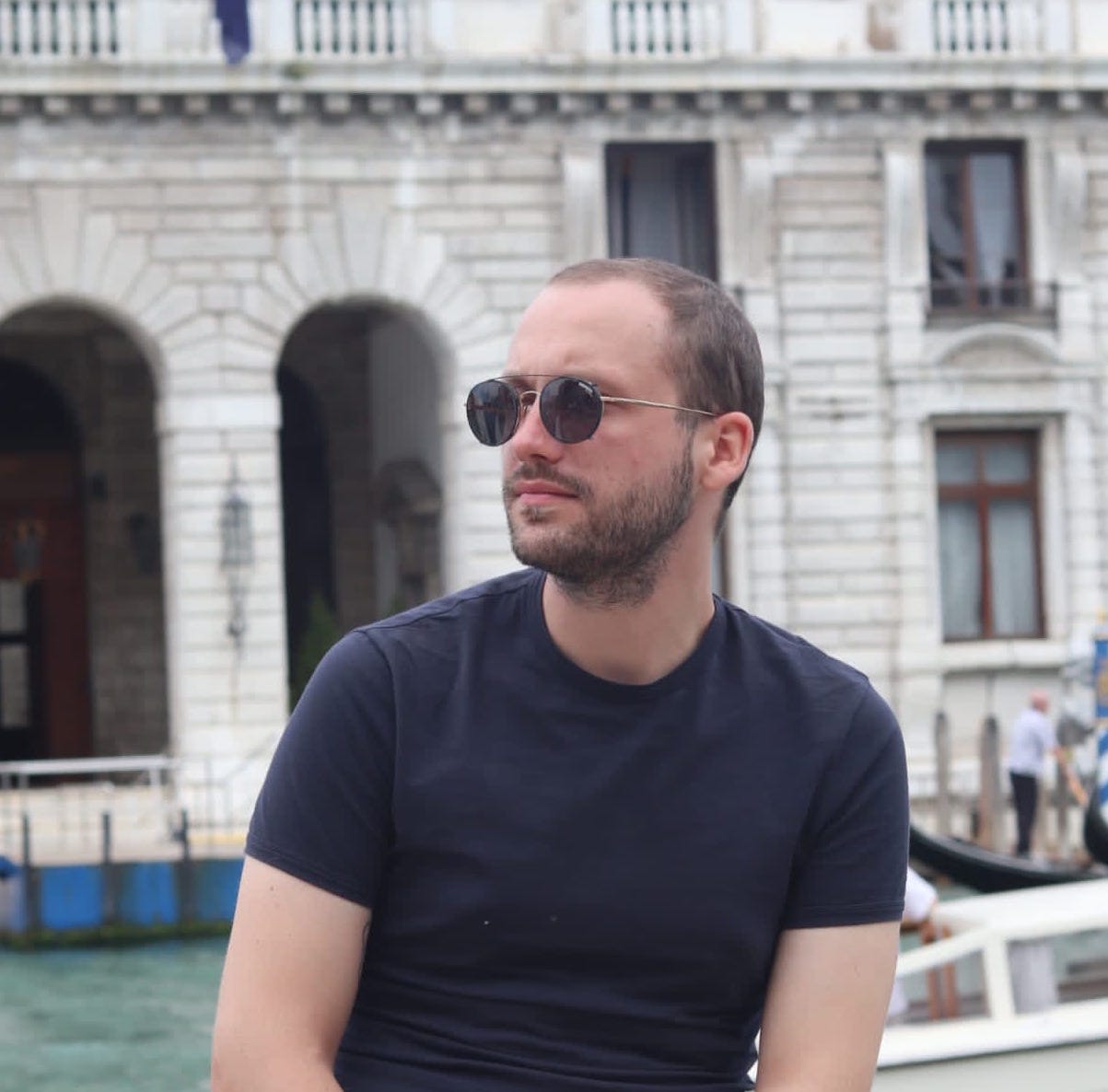To everything there exists its exact opposite. The opposite that sanctions the convergent. Polarity and extremism. Fields of force that collimate and file, fuse and infuse. Oroboros of that existence that persists and exists. Time that flows and chases static changes. History and propaganda, art and ambiguity, dissidence and distrust of reality.

Ai Weiwei, “Neither Nor”, installation view, Galleria Continua San Gimignano, 2024, courtesy the artist and Galleria Continua, © photo Ela Bialkowska OKNO studio
There is a tendency to shape debates and dialogues in the interlude of contextual oppositions, to the point of being unable to take sides because they are influenced by opinions, culture, affiliations and convictions. In the state of art of Ai Weiwei – one of the most influential contemporary artists worldwide, born in 1957 – this dichotomy of thought is often the result of a process that, if it excludes and at the same time makes exclusive by not giving alternatives to reflection, allows creative aesthetics to position themselves firmly at the centre. Idealisation, historicisation, politicisation, semantics of research that the artist looks at from the present backwards or forwards, analysing their motives, aims and consequences. With a profound knowledge of the tradition of his native country, Ai Weiwei reinterprets cognitive and artistic processes in a playful and iconoclastic manner, highlighting the contradictions between individual and collective in the contemporary world.

Ai Weiwei, “Neither Nor”, installation view (“The last supper”, 2022, toy bricks (LEGO) 342 x 684 cm; “Stools”, 2013, 2358 wooden stools, installation dimensions: 24,5×14,4×0,53 m), Galleria Continua San Gimignano, 2024, courtesy Ai Weiwei studio and Galleria Continua, © photo Ela Bialkowska OKNO studio
His reflection, always sharp and devoid of rhetoric, is visionary and constantly disorientating. Certainty in uncertainty. This defines his trajectory as a man and artist, making him a critical and provocative figure in the global art scene. His prolific activity and openness to innovation fuse art, private life and political engagement. His works range from the use of toy bricks to historical materials such as porcelain, wood, marble and bamboo, to assemblages of different materials. This multidisciplinary approach not only reflects his technical skill, but also a deep understanding and blatant provocation. In the former cinema-theatre headquarters of Galleria Continua in San Gimignano, under the title Neither Nor, Ai Weiwei’s exhibition presents a remarkable series of recent works, including many previously unseen.

Ai Weiwei, “Nord Stream #2”, 2022, toy bricks (WOMA), 200 x 320 cm, courtesy Ai Weiwei studio and Galleria Continua, © photo Ela Bialkowska OKNO studio
Regarding the title, the artist states: «I intend to convey that, in most cases, our thinking is not limited to absolute truths or single interpretations, but rather exists in a state of ambiguity that allows for greater possibilities and debates. It is within this state of ambiguity that human thought and culture, including art, find the environment and space to flourish». With the exception of a few works such as Porcelain cube (2014) and Pillar (2006) made of decorated and coloured porcelain, or the Stools installation made of 3,000 stools dating back to the Ming and Qing dynasties, the rest of the works on display are made of LEGO bricks. In Weiwei’s vision, the use of LEGO is surprisingly consistent with his expression of images on social media.

Ai Weiwei, “Sleeping Venus with Coat Hanger”, 2022, toy bricks (LEGO), 308 x 500,5 cm, courtesy Ai Weiwei studio and Galleria Continua, © photo Ela Bialkowska OKNO studio
Both media reflect the temporal and spatial dimensions as well as the flattening and fragmentation of reality. This parallelism highlights an expropriated continuity, reflecting existence, ideologies, politics, events and cultural languages. The aim is to reveal the disconnection and atomisation of contemporary society, offering an incisive and multi-level critique of current digital and cultural dynamics. And this message reverberates and is reflected reworking very famous works from the past in a contemporary key with details and modifications. Next to Giorgione’s Venus, symbol of fertility, there is a metal crutch, used for induced abortion before this practice was legalised. Leonardo’s Mona Lisa, Warholian in colour and daubed by climate change activists. Also by Leonardo da Vinci, in The Last Supper, the artist substitutes himself for Judas as a counterpoint to his actual conduct as seen by a disapproving society. These examples, like others in the exhibition, give voice to urgent issues of dramatic relevance.

Ai Weiwei, “Mona Lisa Smeared in Cream in Beige”, 2023, toy bricks (LEGO), 114 x 76 cm, courtesy Ai Weiwei studio and Galleria Continua, © photo Ela Bialkowska OKNO studio
Between rebellion and afference, between West and East, between history and culture, Ai Weiwei continues to experiment with an artistic method that contorts and trespasses opposing reflections, looks to the past with an eye to the future that is already present. His language determines a watershed that, indeed, cannot be such if it is not alive in polarity. Art of everything and the opposite of everything.
Info:
Ai Weiwei. Neither Nor
13/04 – 15/09 2024
Galleria Continua
Via del Castello 11, San Gimignano (SI)
www.galleriacontinua.com

Art Curator and Art Advisor, graduated in Visual Arts and Cultural Mediation, with Master in Curatorial Practices, born in 1995, lives in Naples. He collaborates with Galleries and Independent Spaces, his research is mainly focused on Emerging Painting, with a careful and inclined gaze also on other forms of aesthetic language.






NO COMMENT